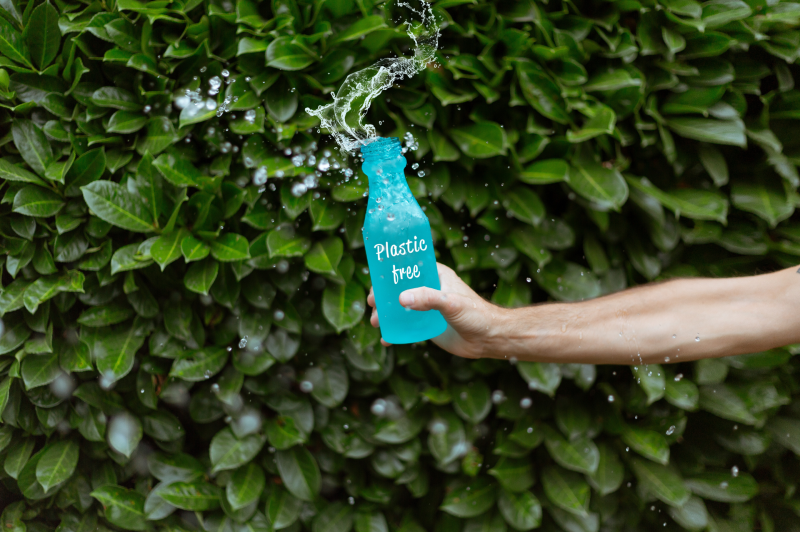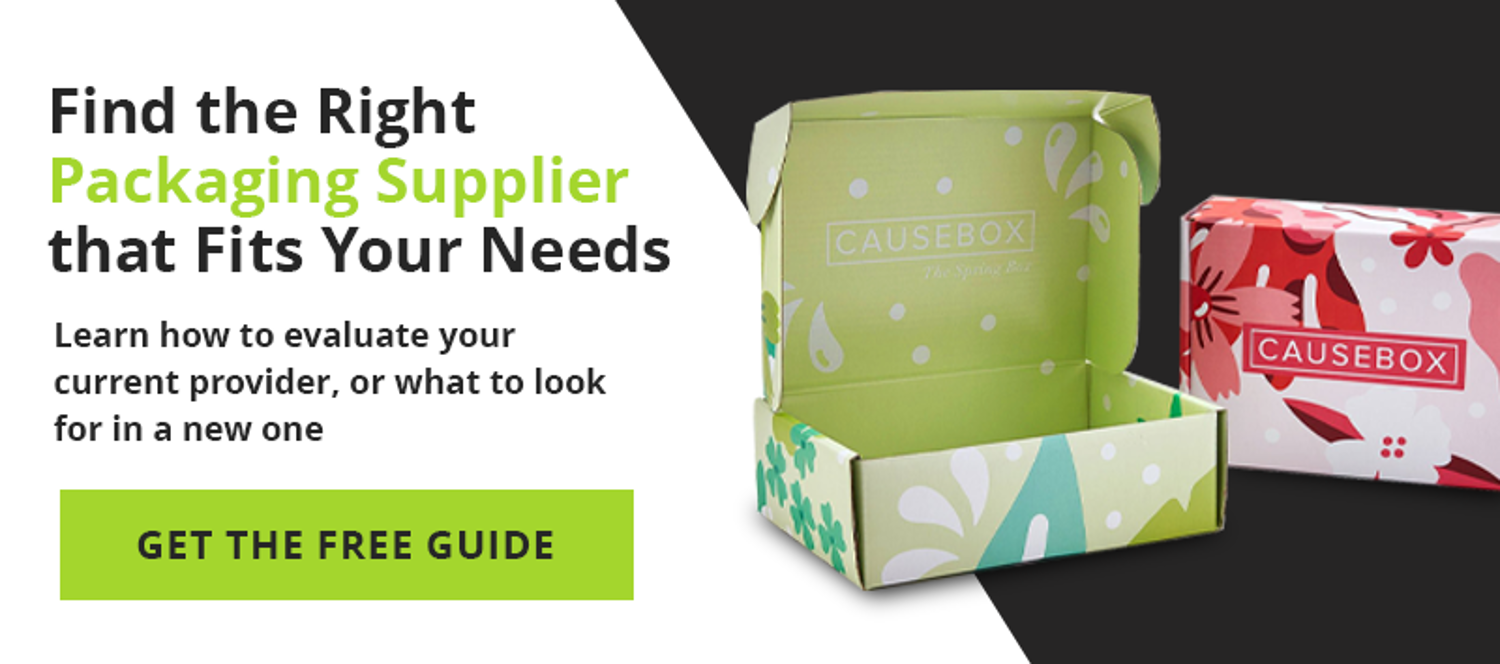Sustainable Packaging: Making Your Brand Plastic-Free
Sustainable Packaging: Making Your Brand Plastic-Free
We’ve entered an age where sustainability concerns are at the forefront of everything we produce, including the packaging we use to ship it in.
More than half of today’s global consumers would prefer to purchase from a company with a strong environmental reputation. In fact, 55% of Millennials will develop a positive brand view through “cause marketing.” The problem is that most believe making the decision to go green can cost a company major money. But as it turns out, making your brand plastic-free is both easy and cost-effective.
Environmentally-Friendly Luxury Packaging
By nature, luxury packaging consists primarily of rigid boxes and high-quality, reusable material. What does that mean for turning a luxury brand into an environmentally-friendly luxury brand? It means it’s pretty much one already.
All paperboard used in the production of packaging is either recycled or recyclable. This means not wanting to use recycled stock because it doesn’t look as nice as a new paperboard isn’t really a big deal. High-end packaging can easily be outfitted with a logo imploring people to recycle it. The recyclability of these products also leaves luxury brands with the option to advertise their product as 100% recyclable. Everybody wins.
Alternatively, if you are a brand that primarily uses plastic packaging, switching to paperboard makes for great marketing at a time where “sustainability” is on everyone’s lips. Making the move to paper is also a cost-effective switch for many luxury brands.
As far as finishing touches are concerned, most luxury packaging manufacturers, like Global Printing and Packaging, will use soy-based inks and aqueous coatings, which are all water-based and completely biodegradable.
An Alternative to Plastic in Luxury Packaging
In a lot of cases, internal plastic packaging components can be replaced with paperboard alternatives. Stella McCartney prides her company on having 100% compostable packaging, but she isn’t the only one. Many jewelry companies swap out the plastic inserts in their boxes with paperboard wrapped in a soft velvet-like material. Flocked packaging is an impressive environmentally-friendly means of maintaining a luxury feel and premium packaging while staying green.
A hard decision some luxury brands need to make is where to draw the line when it comes to plastic. RPETs are a recyclable plastic currently available to packaging manufacturers that can bridge the gap between eliminating plastic entirely and minimizing it as much as possible in your packaging.
But while they are a step in the right direction, environmentally, they still aren’t a perfect solution. Brands using it in their packaging development needs to have a handle on how dedicated their commitment to environmental protection is versus prioritizing the look of their luxury product’s packaging.
Working with a Structural Engineer
The best way to develop a sustainable product that works for your brand’s image is to bring in an expert. A structural engineer will be able to build paper-based packaging that meets environmental standards without losing the appeal of luxury packaging.
If you plan to have a structural engineer design a luxury package that reflects your brand’s image, consider going with a company that has one in-house. Plenty of packaging companies will offer this service, but most of them outsource it. Having to hire an outside company to handle such a detail-heavy project opens the door to communication issues, extended timelines, and runaway costs.
Related Content: How Environmentally Friendly Organizations Can Go Greener with Eco-Friendly Packaging
Reusability in Luxury Packaging
If your luxury packaging can’t be reduced or recycled, reusable packaging is the next best alternative.
Puma recently released a reusable shoe bag made out of carton. The eco-friendly packaging solution is the first of its kind, reducing both energy use and paper waste. The innovative design could very well pave the way for other companies aiming to reduce their carbon footprint.
In the meantime, plenty of revolutionary brands on the market today are finding ways to make their packaging reusable. Subscription box companies often design their packaging in such a way to encourage its reuse. It’s not unheard of for a delivery box to become a toy box for children or a storage solution for art supplies. High-end cosmetic and upscale jewelry companies will often design their packaging to double as a storage solution for their products.
Every little bit counts when it comes to finding sustainable packaging and storage solutions, especially in a world as environmentally aware as ours.
Today’s environmentally-conscious Millennials have made the sustainability of our planet a top priority, and luxury brands can’t afford to ignore their call to action. Ten years ago, going green was an initiative that companies couldn’t afford to undertake. But with today’s developments, paperboard packaging is less expensive than plastic clamshells, and recyclable, reusable products are at the frontline of today’s design decisions. It may have taken some time to get there, but we’re learning that brands can be green without giving up the aura of luxury their clientele has come to expect.




.jpg?width=352&name=laura-chouette-_VGVkfGxeSY-unsplash%20(1).jpg)

-1.png?width=352&name=Untitled%20design%20(2)-1.png)